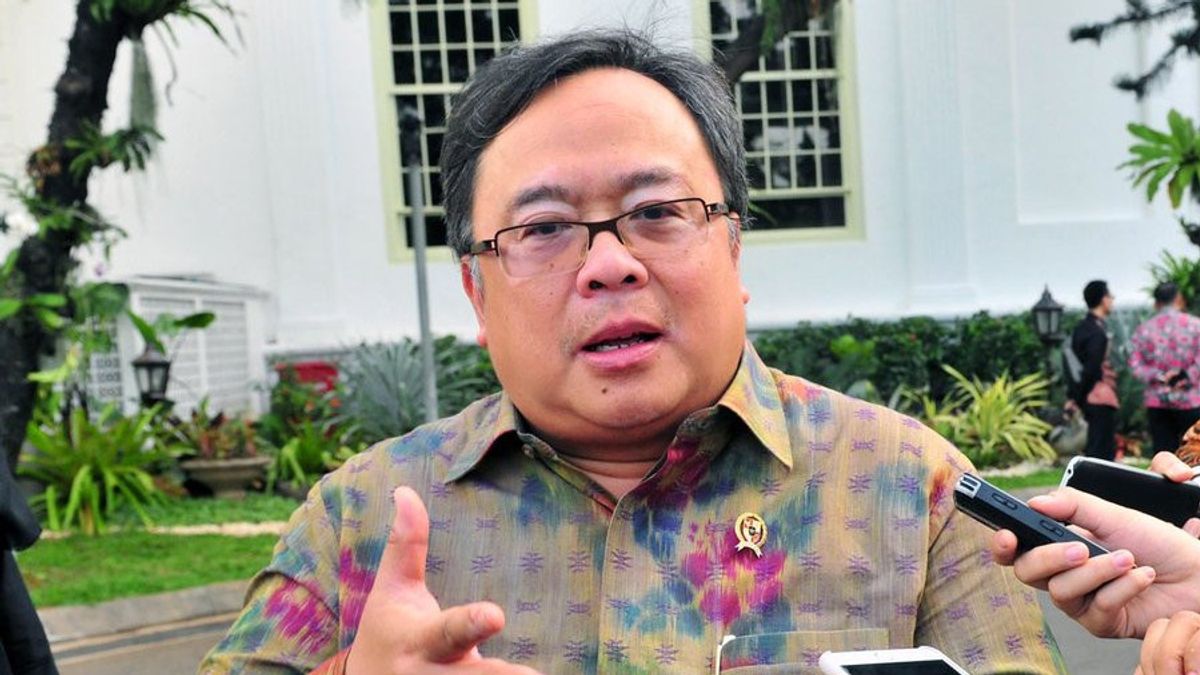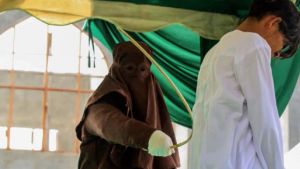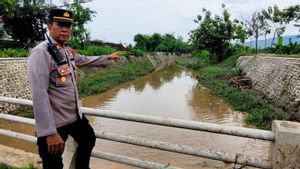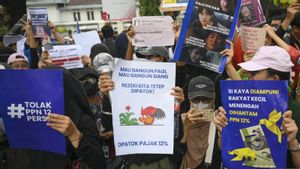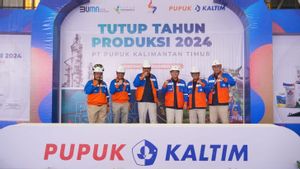JAKARTA - Minister of Research and Technology (Menristek) / Head of the National Research and Innovation Agency (BRIN) Bambang Brodjonegoro said the government continues to encourage innovation-based national economy. This is to pursue the 2045 target for Indonesia to become a developed country.
Furthermore, Bambang said, to become a developed country there are many things that Indonesia must do. One of them is improving the quality of human resources (HR).
"The key for us to jump to become a developed country, first lies in improving the quality of its human resources. Maybe later we can discuss with the minister of education how to make our human resources truly an asset," he said, in the Integrated Launching & Kick Off webinar: IBIMA Helps. Accelerating National Economic & Industrial Recovery, Tuesday, November 10.
Bambang said, Indonesia could emulate South Korea and Sweden. Although these two countries are no bigger than Indonesia and do not have abundant natural resources (SDA), they can still grow into developed countries and get out of the trap of middle-income countries.
"I take the example of South Korea and Sweden, they are not known as countries rich in natural resources. What makes them quicker to get out of the middle income trap is their human resources," he said.
Furthermore, Bambang said that innovation is expected to be driven from the ability of human resources (HR), especially at the research, development, downstream level of research results.
"To encourage the aspiration to be an innovation-based country, of course we have to create a framework. Especially in terms of implementation, what we call the triple helix. So what can encourage innovation in Indonesia is the triple helix," he explained.
Bambang said that the triple helix currently being pushed by the government are academia, businesss and government (ABG). In this early stage, the government only combined these three elements.
"Why only three? Because we consider this to be initially, if the relationship between the three stakeholders is stable, smooth, then the involvement of others, both the media community and other groups, will be easier. But the foundation must be built with a solid triple helix," he explained.
The triple helix, said Bambang, has the goal of making the industrial world closer to the academic world. This means that they can understand each other's strengths and weaknesses.
For example from college. Admittedly, the weaknesses of universities have not been able to read the market. But it has advantages, namely many initiatives and also has a knowledge base to innovate. Meanwhile, the industrial world really understands what the community needs, but its weaknesses are not supported by the ability to develop products.
"By looking at these shortcomings and strengths. So the government, including our ministries, must step in to facilitate a more interactive meeting between industry and academia. So that in the end there will be innovations that directly answer the needs of society," he explained.
The English, Chinese, Japanese, Arabic, and French versions are automatically generated by the AI. So there may still be inaccuracies in translating, please always see Indonesian as our main language. (system supported by DigitalSiber.id)
